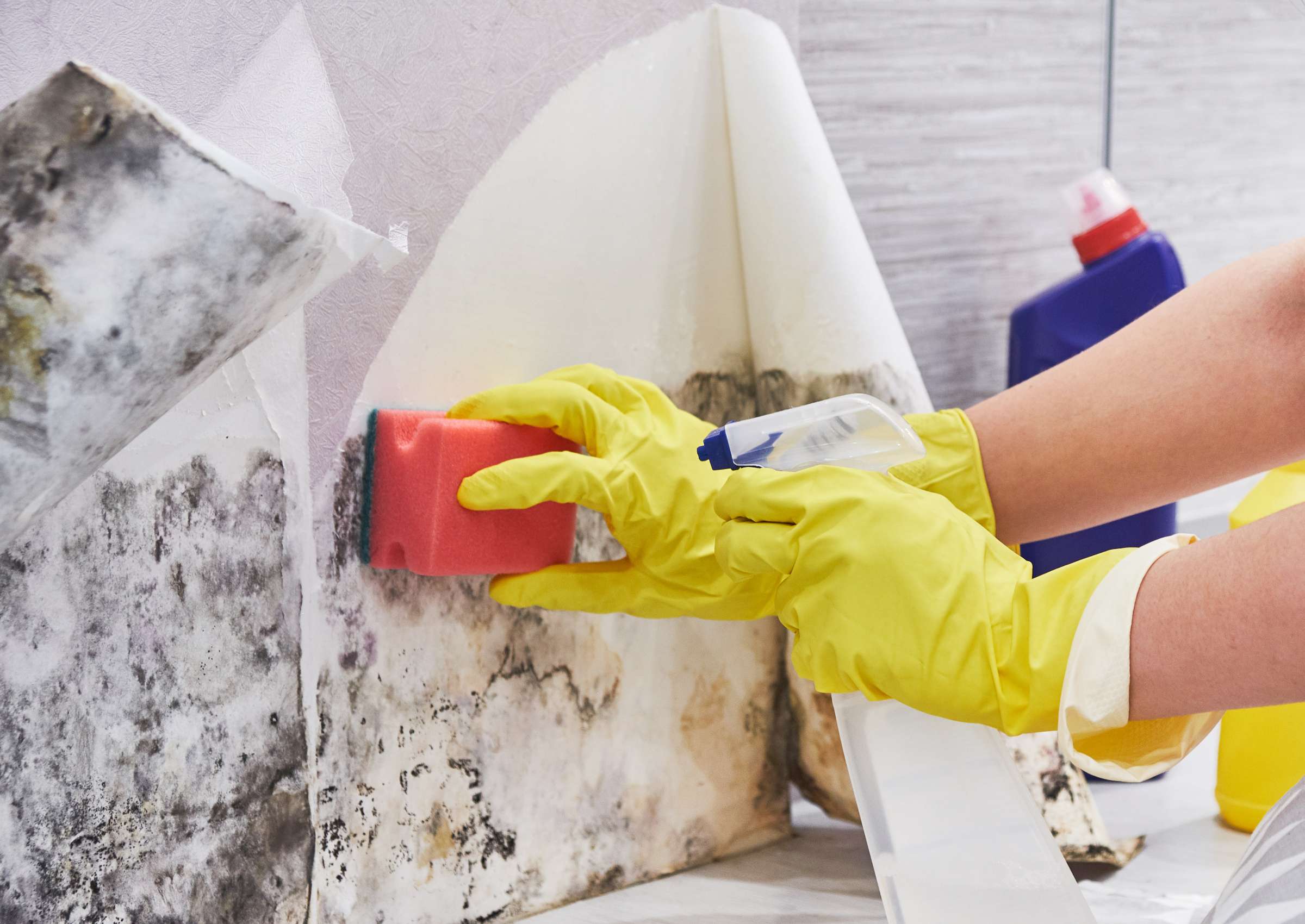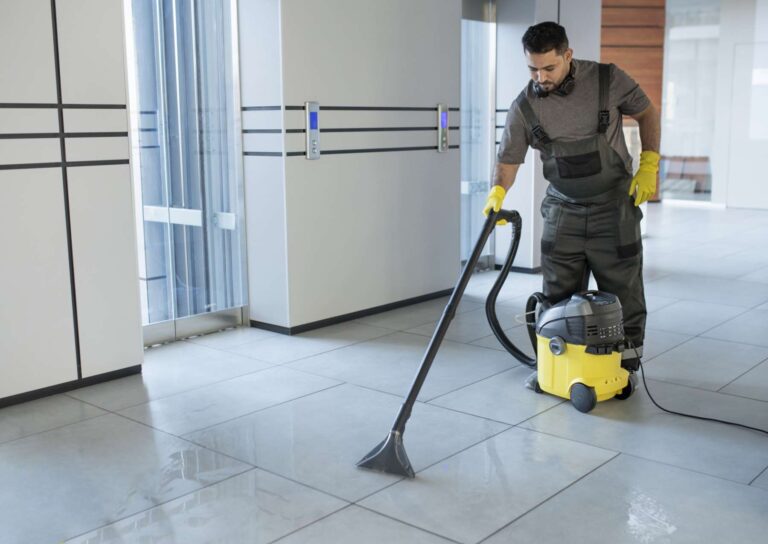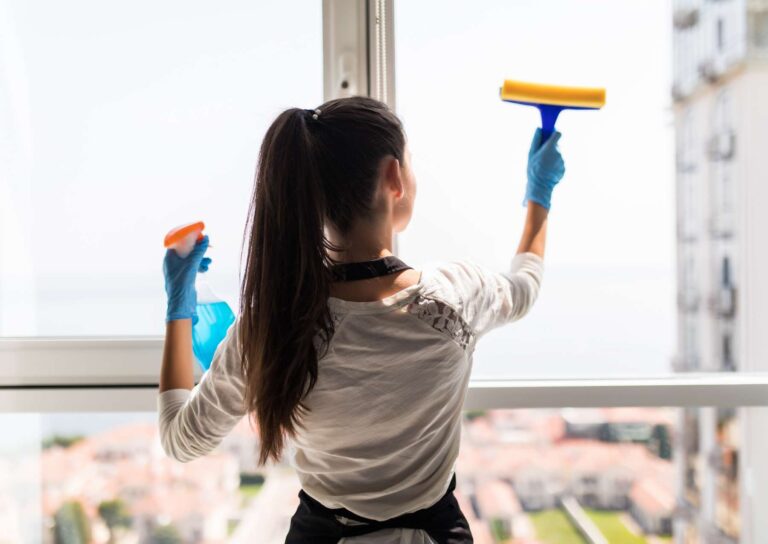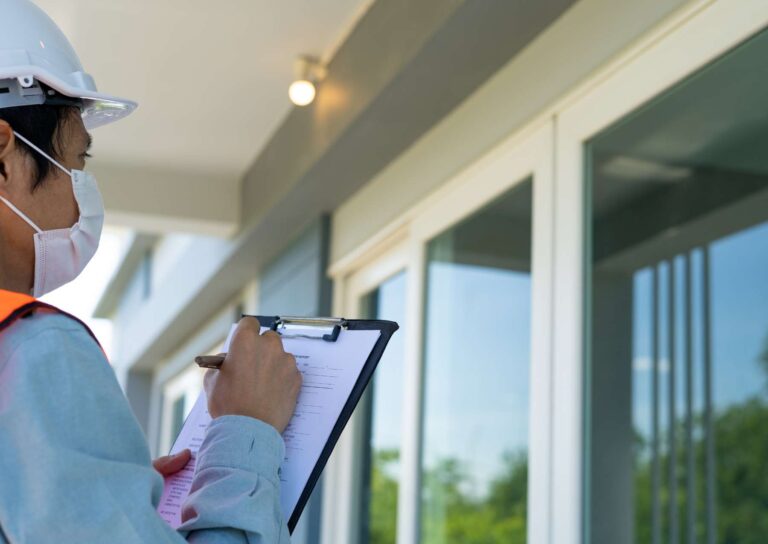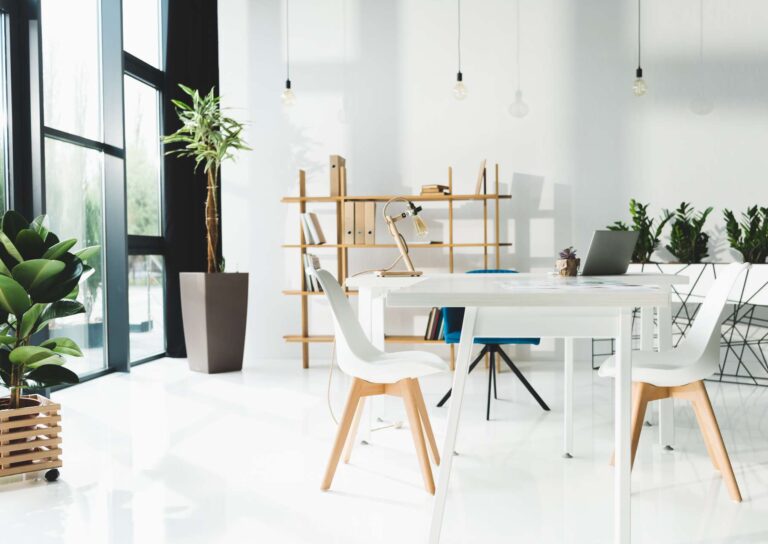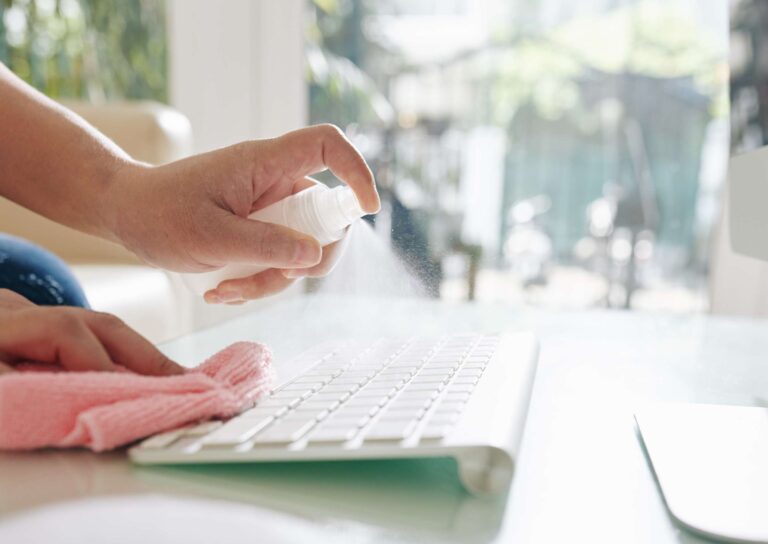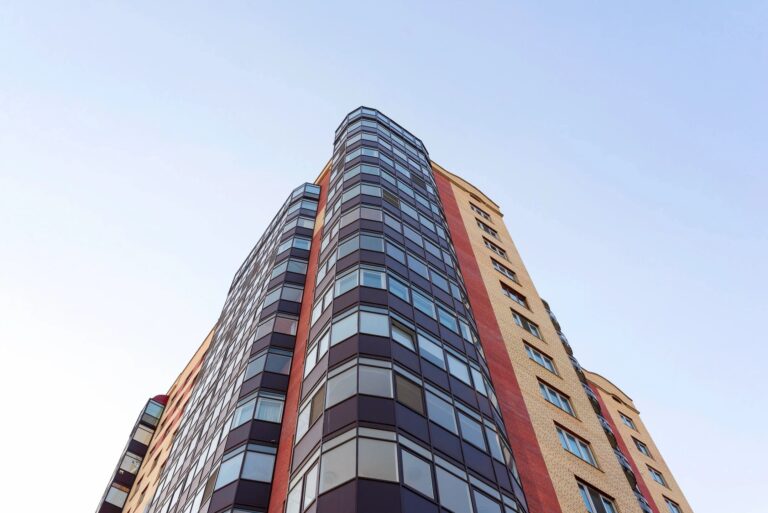Everything You Need to Know About Mold & Mildew (And How to Control It)
If you’re a business owner, property manager, or facility owner, chances are you’ve encountered mold and mildew at some point in your building or workplace. Although it may seem like an unsightly blemish, if left unchecked, these fungi can seriously affect both the structural integrity of your facility and the health of everyone who spends time in your building.
This guide is here to help you learn more about mold & mildew, their effects on your property, and what you need to do to control their growth. We’ll cover topics such as prevention strategies, common signs of infestation, effective cleaning techniques — anything that can help create a safer environment. Keep reading to learn how to mitigate the dangers posed by mold & mildew.
The Difference Between Mold & Mildew
The primary difference between mold and mildew is in their appearance. Mold usually appears as an unsightly black or green patch on walls, floors, ceilings, and other surfaces. Mildew looks like a powdery white or gray substance covering the surface of materials such as wood, paper, or fabric.
Mold reproduces through tiny, airborne spores that can attach to clothing or other surfaces and be easily spread. In contrast, mildew results from a reaction between moisture and organic material — usually caused by excessive humidity in an area.
Both mold and mildew are types of fungi that can cause property damage if left unchecked and can cause health problems if inhaled.
The Health Effects of Mold & Mildew
When mold and mildew spores become airborne, they can be easily inhaled by humans or animals and potentially cause allergic reactions such as sneezing, itchy eyes, watery eyes, coughing, wheezing, and skin rashes. These allergies can sometimes become chronic, leading to severe health problems.
In addition, black mold can produce toxins known as mycotoxins that are released into the air and can affect humans and animals if ingested or inhaled. Mycotoxins can cause headaches, nausea, dizziness, respiratory problems, fatigue, and other symptoms in those exposed. In extreme cases, black mold can cause memory loss, cognitive dysfunction, and death.
Signs of Mold & Mildew
It’s important to be aware of the warning signs that can indicate a mold or mildew infestation in your facility, so you can act quickly to address the problem. Common signs include strong musty odors, visible patches on walls and other surfaces, discoloration or staining of floors and walls, and peeling wallpaper.
What Causes Mold Growth?
Mold and mildew thrive in damp, moist environments. Warm temperatures, stagnant air, humidity levels above 60%, poor ventilation, and water damage all contribute to the growth of mold & mildew in a building or facility. The presence of organic materials such as wood, paper, fabric, drywall, insulation, and other cellulose-based materials also provides food sources for the fungi, allowing them to spread quickly.
How Long Does It Take Mold to Grow?
Mold can begin to colonize and spread within 24-48 hours after spores settle on a surface. In ideal conditions, mold can double in size every 24 hours, so it’s important to act quickly to mitigate the problem.
If left unchecked, the fungi can spread quickly and cause significant damage to a building or facility.
How Quickly Can Mold Destroy Floors and Walls?
The rate at which mold causes damage to floors and walls depends on the type of material, the moisture levels in the environment, and other factors. In general, wood-based materials such as plywood, drywall, or insulation can be quickly destroyed by mold as it uses them as a food source, ruining the structural integrity of the materials.
Mold can also cause permanent discoloration of paint, wallpaper, carpet, fabrics, and other materials.
How to Prevent Mold Growth
The best way to prevent mold & mildew in a facility is to keep humidity levels around 30-50%. Ensure your building or facility has proper ventilation and airflow to reduce the risk of an infestation. Use dehumidifiers and air purifiers to remove spores from the air. Quickly clean up any spills and address standing water issues around your property.
Regularly inspect your facility for signs of mold & mildew, such as discoloration or staining, musty odors, and visible patches on walls and floors. If you spot any of these warning signs, take immediate action to clean up the affected area and address any underlying causes.
Finally, it’s important to clean and maintain all areas of your facility regularly. A commercial cleaning service like Star’s Janitorial Service can help you keep your facility clean and reduce the risk of mold & mildew growth. We will alert you to any signs of infestation so that you can take action quickly.
How to Clean Mold
If you spot signs of a mold & mildew infestation in your facility, it’s important to act quickly and start the cleanup process. We recommend first addressing any underlying causes of the problem, such as high humidity or poor ventilation — this will prevent further growth after you clean the affected area.
The next step is to use cleaning products specifically designed for mold removal, such as bleach or hydrogen peroxide. Wear protective clothing and equipment before beginning the cleanup process, as contact with mold & mildew spores can harm your health.
Once you’ve removed any visible mold patches, use a HEPA-filter air purifier to remove any remaining spores from the air. You can also hire a professional remediation company to help with the cleanup process if necessary.
Final Thoughts
Mold and mildew can cause severe damage to your property and serious health risks for those exposed to them. With proper prevention and cleaning techniques, however, you can protect your facility and the people who use it. By staying vigilant and taking immediate action if you spot signs of mold & mildew, you can help keep yourself and your property safe.
If you need professional cleaning services, Star’s Janitorial Service can help. We provide top-quality cleaning services to businesses and facilities and offer a range of solutions to keep your property clean & safe. Contact us today for a free assessment and a free estimate.

